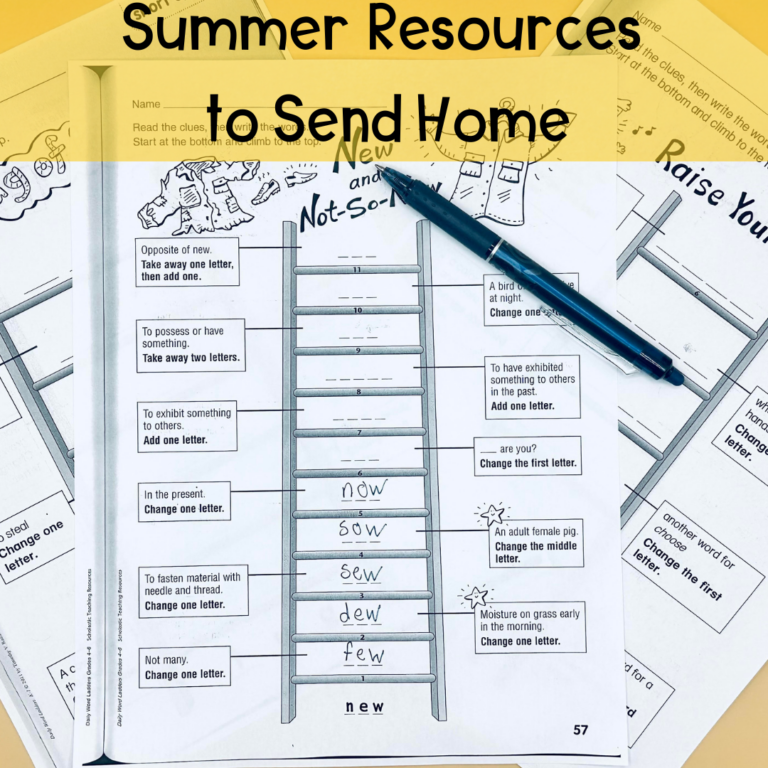
Share This:
Sight words. High-frequency words. Red Words. Heart words. Who cares what they are called as long as your kids learn them, right? And to a certain degree you are right. But, I do think there are some key differences. So, let’s talk vocabulary and then get to the good stuff—how we teach them to our children.
I used to think that people who harped on the difference between high-frequency words and sight words were making a big deal out of nothing. I honestly didn’t see why it even mattered.
High-frequency words are those words that appear with, well, a high-frequency in written text. They may or may not be phonetically regular. These are the key words that are the glue for written language.
A sight word is any word that you immediately recognize. Sight words are individual to the reader. Your sight word vocabulary and mine will differ. A word is considered a sight word if you can recognize it without needing to decode. It can be phonetically regular or irregular.
So why does it matter? It matters because the goal is for high-frequency words to become sight words. Many people say “sight words” when what they really mean is “high-frequency words.” There is a method for teaching phonetically irregular high-frequency words. So how do we do this? We use a strategy called Heart Words.
To teach heart words, we choose words that are phonetically irregular. If a word is phonetically regular, there is no need to teach it as a sight word. As long as you are explicitly teaching phonics, children can simply decode the high-frequency words you hope to become sight words. Kids only have so much mental desk space, so we want to make sure we aren’t filling that desk space with unnecessary tasks. Use phonics when possible and teach only phonetically irregular words as heart words.

1. Say the word, have students repeat. Use colored squares to identify and count sounds. (Only use sounds, no letter names yet!)

2. Identify the parts that are phonetically regular. Write the letters underneath the colored squares.

3. Identify the parts that are phonetically irregular. Replace the colored square with a heart to show the part that must be learned “by heart.”

4. Have students make notecards that underline the heart part and place a heart above the phonetically irregular part.
5. Continue to practice heart words daily until students can read and write them automatically.
Share This:

Savannah Campbell is a K-5 reading specialist. She has taught her entire 12-year teaching career at the school she went to as a child. She holds two master’s degrees in education from the College of William and Mary. Savannah is both Orton-Gillingham and LETRS trained. Her greatest hope in life is to allow all children to live the life they want by helping them to become literate individuals.

Savannah Campbell is a K-5 reading specialist. She has taught her entire 12-year teaching career at the school she went to as a child. She holds two master’s degrees in education from the College of William and Mary. Savannah is both Orton-Gillingham and LETRS trained. Her greatest hope in life is to allow all children to live the life they want by helping them to become literate individuals.
Feeling overwhelmed with all the terminology out there? Want to know the key terms all teachers need to teach phonics? In this FREE Rules of English cheat sheet, you get a 5 page pdf that takes you through the most important terms for understanding English—you’ll learn about digraphs, blends, syllable types, syllable divisions, and move. Grab today and take the stress out of your phonics prep!
